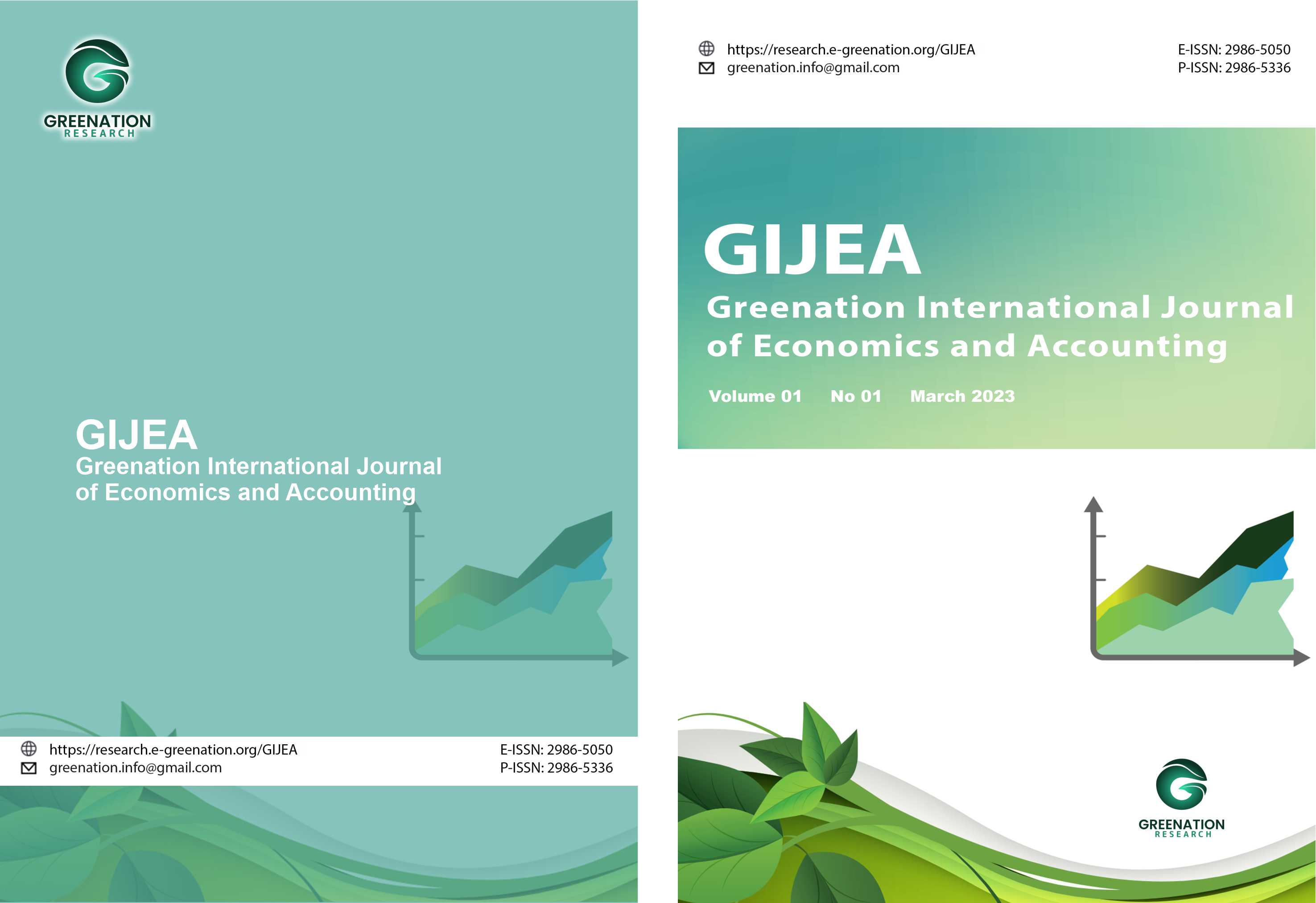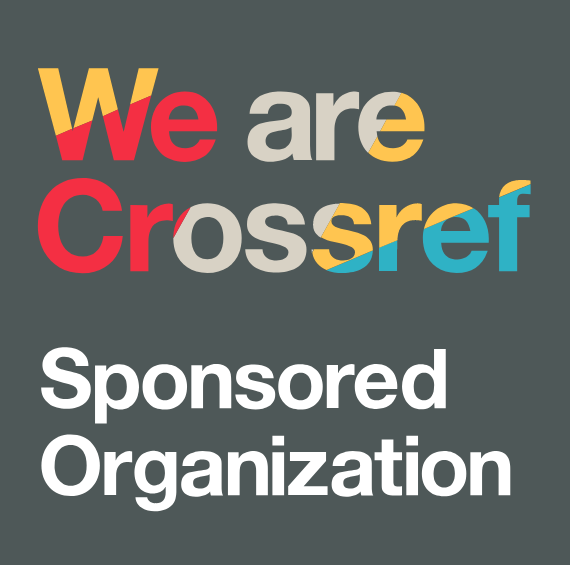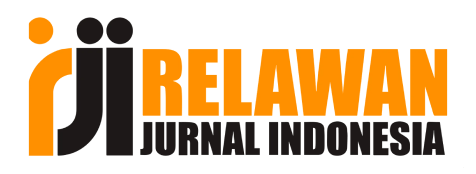Penetrating Export Markets through Local Products: A Case Study of Airafood SMEs in Indonesia
DOI:
https://doi.org/10.38035/gijea.v3i2.383Keywords:
Airafood, Creating Shared Value, Uppsala Model, MSME InternationalizationAbstract
This research aims to analyze the dynamics of Micro, Small, and Medium Enterprises (MSMEs) in penetrating the export market, focusing on strategies, challenges, and integration of social impacts in business operations. Using a descriptive qualitative approach with a hypothetical case study illustration on “Airafood Sejahtera Bersama,” an MSME in the food sector, this research examines how the principle of starting a business from a small and modest scale, as well as gradual internationalization theories such as the Uppsala Model, are relevant in the context of global market expansion by MSMEs. The discussion highlights the challenges faced, including compliance with international standards, market access, and limited resources, while identifying adaptive strategies such as product innovation, utilization of digital marketing, and network building. Furthermore, the study emphasizes the importance of creating shared value and implementing the Triple Bottom Line principle through social impact initiatives, such as empowering local women and farmers and responsible waste management, as crucial elements for the sustainability and increased competitiveness of MSMEs in international markets. In conclusion, the success of MSMEs in the global arena depends not only on product excellence and smart market strategies, but also on a commitment to business practices that are ethical, sustainable and make a positive contribution to the wider community.
References
Ayyagari, M., Beck, T., & Demirguc-Kunt, A. (2007). Small and medium enterprises across the globe. Small Business Economics, 29(4), 415–434. https://doi.org/10.1007/s11187-006-9002-5
Bhide, A. (1992). Bootstrap Finance?: The Art of Start-ups. Harvard Business Review.
Creswell, J. W. (2007). Qualitative Inquiry & Research Design?: Choosing Among Five Approaches. In Public Administration (Vol. 77, Issue 4).
Elkington, J. (2013). Enter the triple bottom line. The Triple Bottom Line: Does It All Add Up, 1(1986), 1–16. https://doi.org/10.4324/9781849773348
ITC, I. T. C. (2019). Big money for small business. International Trade Centre.
Johanson, J., & Vahlne, J.-E. (1977). The Internationalization Process of the Firm: A Model of Knowledge Development and Increasing Foreign Market Commitments. Journal of Internasional Business Studies, 23–32. https://doi.org/10.1139/y89-072
OECD. (2021). OECD SME and Entrepreneurship Outlook 2021. In OECD SME and Entrepreneurship Outlook 2021.
Porter, M. E., & Kramer, M. R. (2011). Creating shared value. Harvard Business Review, 89(1–2). https://doi.org/10.2139/ssrn.3683975
Sarasvathy, S. D. (2022). Effectuation Elements of Entrepreneurial Expertise. In Sustainability (Switzerland) (Vol. 11, Issue 1). Northampton. http://scioteca.caf.com/bitstream/handle/123456789/1091/RED2017-Eng-8ene.pdf?sequence=12&isAllowed=y%0Ahttp://dx.doi.org/10.1016/j.regsciurbeco.2008.06.005%0Ahttps://www.researchgate.net/publication/305320484_SISTEM_PEMBETUNGAN_TERPUSAT_STRATEGI_MELESTARI
United Nations Conference on Trade and Development (UNCTAD). (2021). Digital economy report 2021- Cross-border data flows and development: for whom the data flow. In United Nations (Issue September).
Yin, R. K. (2018). Case Study Research and Applications?: Design and Methods. Sage Publications.
Downloads
Published
How to Cite
Issue
Section
License
Copyright (c) 2025 Rayyan Sugangga, Sudarmiatin Sudarmiatin, Puji Handayati

This work is licensed under a Creative Commons Attribution 4.0 International License.
Copyright :
Authors who publish their manuscripts in this journal agree to the following conditions:
- Copyright in each article belongs to the author.
- The author acknowledges that the GIJEA has the right to be the first to publish under a Creative Commons Attribution 4.0 International license (Attribution 4.0 International CC BY 4.0).
- Authors can submit articles separately, arrange the non-exclusive distribution of manuscripts that have been published in this journal to other versions (for example, sent to the author's institutional repository, publication in a book, etc.), by acknowledging that the manuscript has been published for the first time at GIJEA.

























